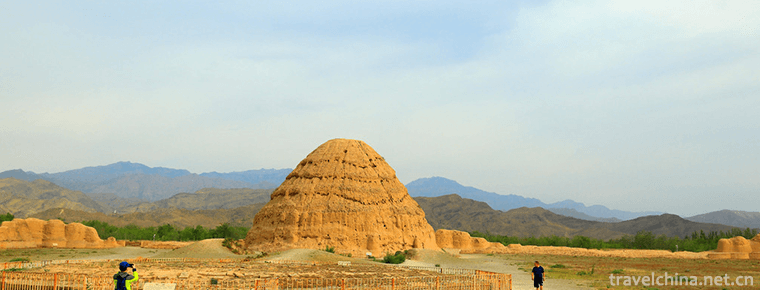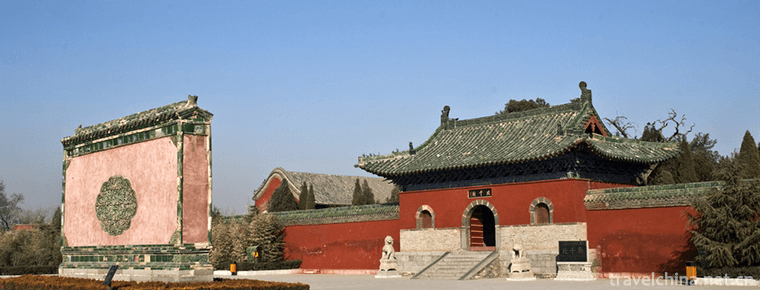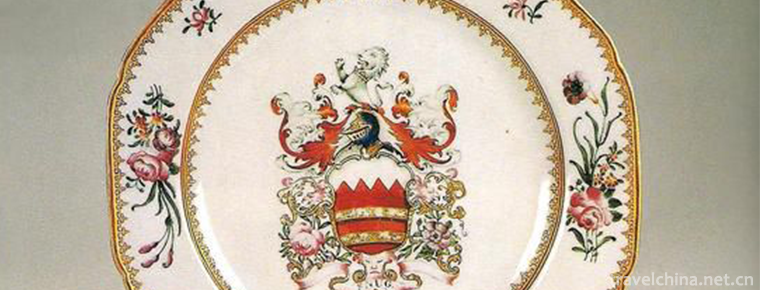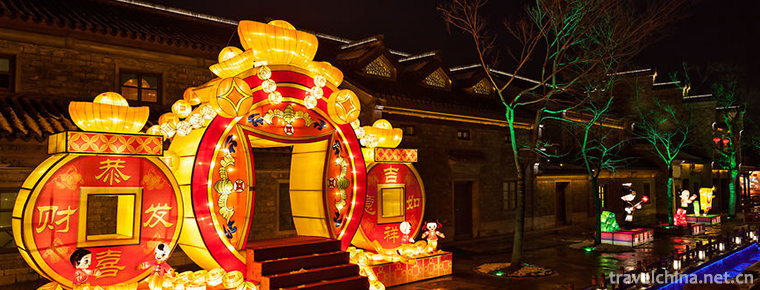Western Xia imperial tombs
Western Xia imperial tombs
The Mausoleum of the Xixia Dynasty, also known as the mausoleum of the Xixia Emperor and the mausoleum of the Xixia Emperor, is the mausoleum of the successive emperors and the Royal Mausoleum of the Xixia Dynasty. Located in the west of Yinchuan City, Ningxia, near Helan Mountain in the west, Yinchuan Plain in the East and between 1130 and 1200 meters above sea level, Wang Mausoleum is one of the largest and most complete imperial cemeteries in China, as well as one of the largest Xixia cultural sites in existence.
The imperial mausoleum of the Western Xia Dynasty was built from the beginning of the 11th century to the beginning of the 13th century. Influenced by Buddhist architecture, the imperial mausoleum of Xixia Dynasty has organically combined Han culture, Buddhist culture and Dangxiang culture, forming a unique form of mausoleum architecture in China. Among the 119 national key scenic spots in China, the Xixia Mausoleum is the only scenic spot composed of a single imperial mausoleum. It inherits the history of Tuoba from Pingcheng in Northern Wei Dynasty to Xixia in Dangxiang.
The scenic area covers an area of more than 58 square kilometers, and the core scenic area is 20.9 square kilometers. There are 9 mausoleums of emperors and more than 200 accompanying tombs of princes and lords. Each emperor's mausoleum is situated north to south, a vertical rectangular independent building group, the size of the Ming Tombs is the same. Since the Qin and Han Dynasties, the mausoleum of Tang and Song Dynasties, influenced by Buddhist architecture, has formed a unique form in Chinese mausoleum architecture, so it is called the Oriental Pyramid.
In 1988, the imperial mausoleum of Xixia was listed as a national key cultural relic protection unit and a national key scenic spot. In 2006, it was included in the preparatory list of China's national natural and cultural dual heritage. In 2011, the declaration of Xixia Mausoleum National Archaeological Site Park and World Cultural Heritage was launched. In 2012, the imperial mausoleum of Xixia was included in the preparatory list of China's world cultural heritage by the State Administration of Cultural Relics On April 13, 2018, it was included in the "Magic Northwest 100 Scenes". The 2008 China Yellow River Tourism Conference was named "50 Sceneries of the Yellow River in China".
geographical position
The Western Xia Mausoleum is located at the eastern foot of Helan Mountain, 30 kilometers west of Yinchuan City, Ningxia Hui Autonomous Region. It covers an area of about 50 square kilometers, ranging from Quanqigou in the north to Yinba Highway in the south, and from the west to the west to the main canal in the East and Helan Mountain in the west. Located in the east of the south section of the middle Helan Mountains, the Ling District is a piedmont alluvial fan zone with an elevation of 1150-1220 meters. The surface is covered with gravel and coarse sand. The foundation has large bearing capacity, poor water retention and good natural drainage conditions. The good foundation made the imperial mausoleum of Xixia survive many large earthquakes in the history of Northwest China. The location of the cemetery is low in annual precipitation, and the possibility of mountain torrent outbreak is very low, which is conducive to the overall protection of the cemetery. Each cemetery had underground mausoleums, cemeteries, ground buildings and gardens at the time of its initial construction, covering an area of about 100,000 square meters independently, and its shape and layout were roughly the same.
Historical evolution
In 1038, Li Yuanhao, the leader of the Dangxiang clan, established the Western Xia Dynasty. He buried his grandfather Li Jiqian and his father Li Deming at the eastern foot of Helan. Li Jiqian was buried at Yuling and Li Deming was buried at Jialing. Thereafter, during the existence of the Xixia Kingdom, every emperor recorded a clear mausoleum name, but did not record the specific location of burial, except Shenzong Li Zunxu, Xianzong Li Dewang and the last emperor Li Tuo.
In 1227, the Western Xia was destroyed by Mongolia. In the end of the Western Xia Dynasty, Li Tuo surrendered and was killed soon. The burial place was unknown and the Western Xia Dynasty was destroyed. Thereafter, the mausoleum of the Xixia Kingdom was seriously damaged by the Mongolian army. During the Hongwu period of the Ming Dynasty, the imperial mausoleum of the Xixia Dynasty was discovered by the government of the Ming Dynasty, and there has been a conclusion that it is the imperial mausoleum of the Xixia Dynasty.
In 1938, German pilot Ulf Dieter Graf Chu Caster organized his photos taken by China Airlines into a book entitled "Flying in China", in which the Tomb of the Western Xia Kingdom appeared in the photos taken by Yinchuan.
After the founding of the People's Republic of China in 1949, the local administration of cultural relics once considered the tomb of the Western Xia Dynasty as a tomb of the Tang Dynasty. In 1972, the State Administration of Cultural Relics officially made the decision to excavate the mausoleum of the Western Xia Dynasty. Wang Yeqiu was in charge of the excavation. The exhibition hall of Ningxia Hui Autonomous Region undertook the main excavation work of the Royal Mausoleum of Western Xia. As of 2014, it has been determined that the owner of Tomb No. 7 is Li Renxiao, Renzong of Xixia, and the owner of Tomb No. 182 is Wang Weiming Anhui, the identity of the other tomb owners is still in the process of excavation.
In 1988, the State Council of the People's Republic of China listed the imperial mausoleum of the Western Xia Dynasty as a national key cultural relic protection unit.
In July 2011, the State Administration of Cultural Relics and the People's Government of Ningxia Hui Autonomous Region signed the Framework Agreement on Cooperation to Strengthen Cultural Heritage Work in Ningxia. On this basis, the State Administration of Cultural Relics further made the declaration of Xixia Mausoleum as a key support project in 2015.
In November 2011, the Chinese government officially launched the Xixia Mausoleum declaration project for the construction of the World Cultural Heritage and National Archaeological Site Park.
main features
The mausoleums of emperors and nobles of all dynasties hoped that the mausoleums would be magnificent and magnificent, and that they would not be excavated by theft. The tall feudal soil became an important barrier to prevent theft and excavation. The mausoleums of the Ming and Qing dynasties built the mausoleums with emperors'coffins and martyrs under the high feudal soil like mountains. The mausoleums of Xixia mausoleums were not located directly above the mausoleums, but located 10 meters north of the mausoleums. Ben can't act as a seal.
In addition, the entrance of the Mausoleum Road of the Xixia Dynasty was set in the inside of the dedication hall, which was unique in the mausoleum of the emperor. The direction of hidden tomb passage is one of the most secret works in the construction of imperial mausoleum. The entrance of Dingmausoleum passage of Wanli Emperor in Ming Dynasty is located on the side of Baocheng, which is hard to detect. When excavated in 1950s, archaeologists had to think hard and take great pains. The emperors of the Western Xia Dynasty did not seem to be worried about this. Apart from the entrance of the tomb passage, which was directly set at the temple of sacrifice, there was a fish ridge protruding above the ground between the temple of sacrifice and the platform of the tomb. The tomb passage was buried under the seal.
Archaeological excavations show that compared with the luxurious tombs of Tang and Song Dynasty, the tombs of Xixia Mausoleum are much simpler, and there are relatively few burial objects in the three-chamber earth-cave structure consisting of the central main chamber and the left and right ear chambers.
Honors
April 13, 2018, was included in "Magic Northwest 100 Scenes".
Tourism information
Admission ticket
75 yuan per person, including the Xixia Museum, the Xixia Museum of History and Tales, the Xixia Stele Forest, the site of Tomb No. 3 and the site of Shuangling (Tomb No. 12). A round trip battery ticket is 20 yuan. Students and servicemen are half-price tickets.
traffic
1. Urban areas can take buses No. 2, No. 4 and No. 18 to the new urban areas first, and then charter trains to the new urban areas. The charter price is 30 yuan per par. Yinchuan Tourist Bus Station (Beimen Bus Station) has buses to Wangling Tomb of Xixia every day (no buses in winter and summer). The departure time is 8:30 and 9:30. The return time is 13:30 and 15:30. The fare is 9 yuan per person. The journey is about 70 minutes.
2. The Nanmen Bus Station, Beimen Tourist Bus Station and Nanguan Mosque in Yinchuan City all have tourist buses to the King's Mausoleum of Xixia. The fare is about 8 yuan, but the interval is long, depending on the passenger flow, between 1 and 2 hours.
3. Self-driving is more convenient, from Beijing Road in the urban area to the west, turning southward at the T-junction to 110 National Highway, going straight 10 kilometers west, there is a large parking lot in the scenic spot.
Pictures From: http://bbs.fengniao.com/forum/10507781.html










-
About Us
If you are interested in Chinese culture, Beautiful Scenery and Delicious Food, Welcome to China..
Views: 359 Time 2018-09-28 -
sauteed tofu in hot and spicy sauce
sauteed tofu in hot and spicy sauce is one of the traditional dishes in Sichuan.
Views: 207 Time 2018-10-12 -
Zhongshan Zhan yuan
Zhanyuan is located in Beitai Village, South District of Zhongshan City, beside 105 National Highway, covering 100 mu. It is divided into three regions: Zhanyuan Zhushou, Qijiang Langqiao and Zhanfu Z.
Views: 211 Time 2018-12-22 -
Bigan Temple
Bigan Temple, located in Weihui, Henan Province, is one of the most important temple-tomb complex. It is the first temple in China with tomb-worshippers, known as "the first temple in the world&a.
Views: 151 Time 2019-01-02 -
Legend of Biashla
Biashraze, also known as Ashraze, is the most representative Bimo Master of the Yi nationality. The legend of Ashraze has become divine through oral transmission and artistic processing of language.
Views: 129 Time 2019-04-04 -
Firing Techniques of Guangcai Porcelain
Guangcai Porcelain Firing Technology, a local traditional handicraft in Guangzhou, Guangdong Province, is one of the national intangible cultural heritages..
Views: 84 Time 2019-05-01 -
Grass grass drums and drums
Grass gongs and drums, also known as grass chants, are commonly known as "hilarious songs". It is a unique form of folk song art. It is a kind of Tujia folk song that the .
Views: 130 Time 2019-05-02 -
Qinhuai Lantern Festival
Qinhuai Lantern Festival, also known as Jinling Lantern Festival and Confucius Temple Lantern Festival, is a popular folk cultural activity in Nanjing. It is mainly held from Spring Festival to Lanter.
Views: 147 Time 2019-06-10 -
Month also
Dong people's "moon" means collective visiting, which is a social custom in Dong village. The young men and women in one village of the Dong nationality visit another village according to th.
Views: 329 Time 2019-07-16 -
Capital Medical University
Capital Medical University (Capital Medical University), known as the first Medical University, is jointly established by the Beijing Municipal People's government, the national health and Health Comm.
Views: 128 Time 2019-11-26 -
Cheongsam production technology
Most of the classical flag dresses have straight lines. The body is loose and the two sides are split. The bust and waist circumference are close to the size of the dress. The appearance of cheongsam is generally required to have all or part of the following characteristics:.
Views: 144 Time 2020-12-11 -
Education in Yibin
In 2019, there will be 11000 students enrolled, 50900 students and 13600 graduates. There are 4 graduate training units, 393 graduate students, 918 students and 68 graduates. There are 17000 students in adult colleges and universities. 43500 pe.
Views: 239 Time 2020-12-18










